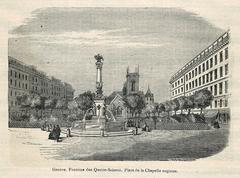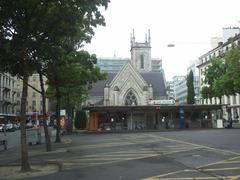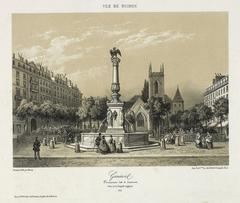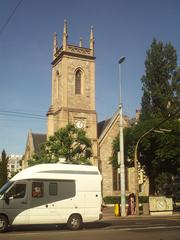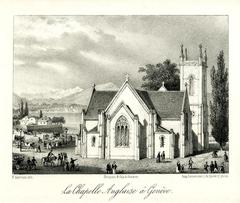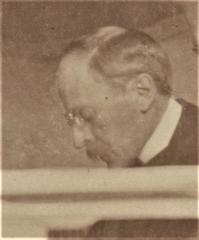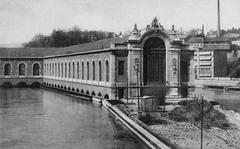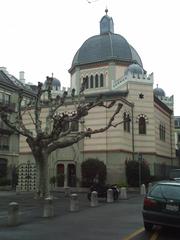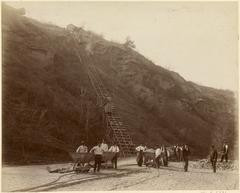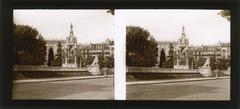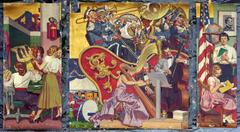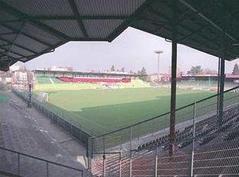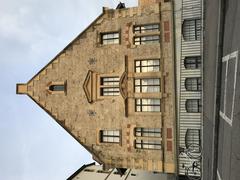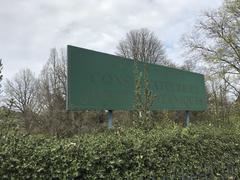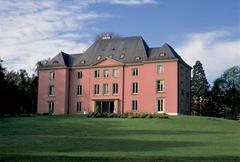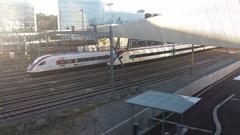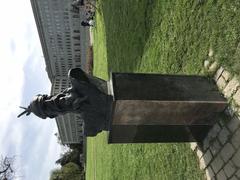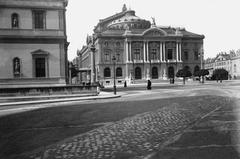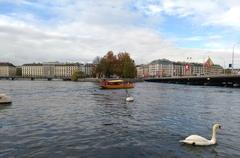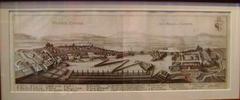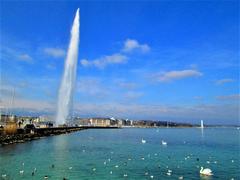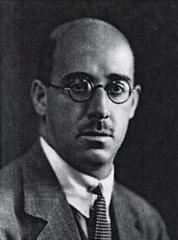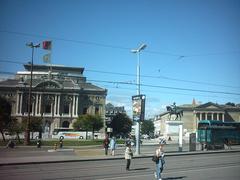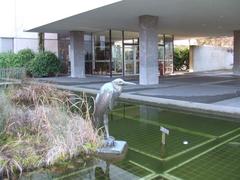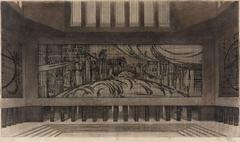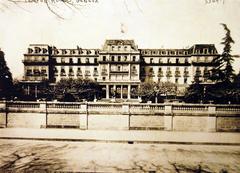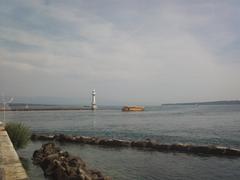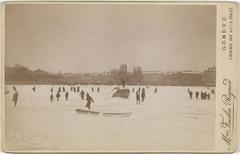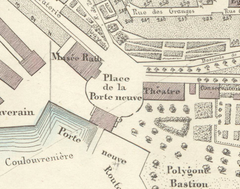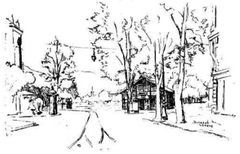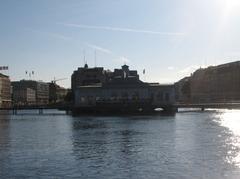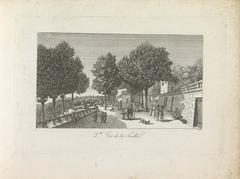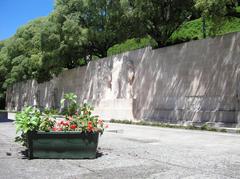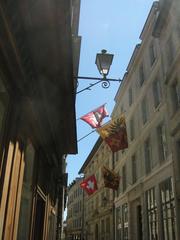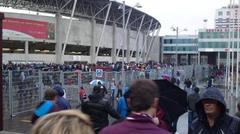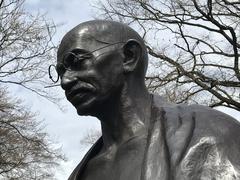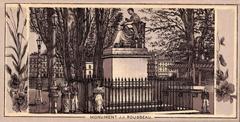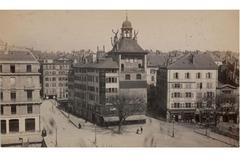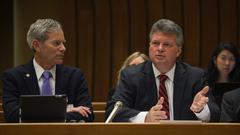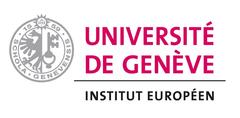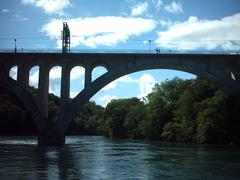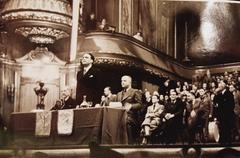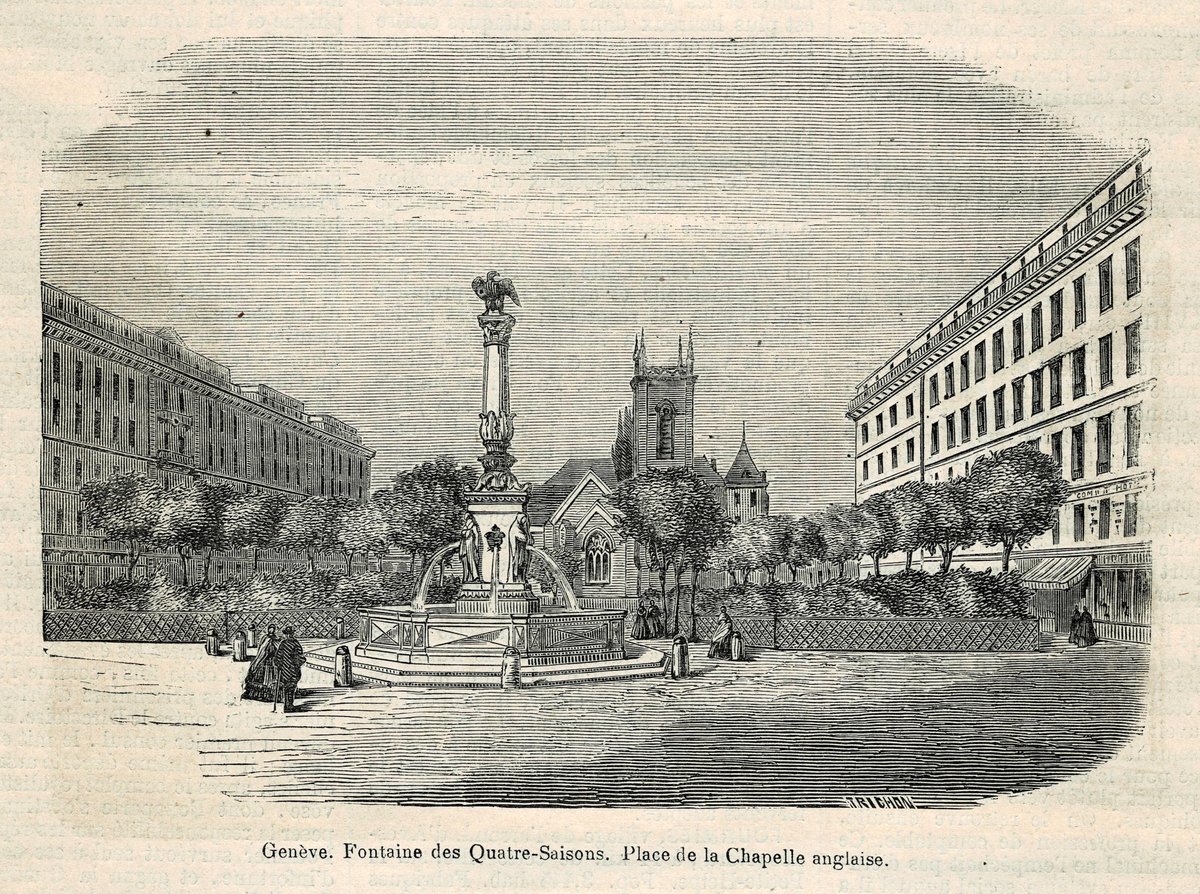
Holy Trinity Church Geneva: Visiting Hours, Tickets, and Historical Guide
Date: 15/06/2025
Introduction
Holy Trinity Church Geneva is a cornerstone of Anglican heritage and an active spiritual hub in the vibrant, international city of Geneva, Switzerland. With a history stretching back to the 16th-century Protestant Reformation and a current building consecrated in 1853, the church embodies both historical depth and architectural beauty. Serving a diverse congregation from over twenty nations, the church is not only a place of worship but also a center for cultural events and community engagement. This guide offers an in-depth look at Holy Trinity Church’s history, architecture, visiting hours, ticketing, accessibility, nearby attractions, and practical travel tips for visitors. For further details, the Holy Trinity Geneva website and official heritage listings provide comprehensive resources (Holy Trinity Church Geneva - History, Swiss Info - Anglican Church in Geneva).
Table of Contents
- Introduction & Historical Overview
- Early Anglican Presence in Geneva
- Foundation and Construction (1851–1853)
- Architectural Features & Preservation
- Role During Historical Events
- Notable Clergy and Community Impact
- Visiting Information
- Heritage Status & Archives
- FAQ
- Visual Gallery
- Related Articles
- Conclusion & Visitor Tips
- References
Early Anglican Presence in Geneva
The Anglican story in Geneva begins in the mid-16th century, during the tumult of the Protestant Reformation. Under John Calvin’s influence, Geneva became a refuge for Protestant exiles, including English-speaking worshippers fleeing persecution under Mary I. John Knox, the Scottish reformer, led the first recorded Anglican service in Geneva in 1555. Though short-lived, this congregation set a precedent for Anglican worship in the city (Holy Trinity Church Geneva - History).
By the 19th century, Geneva attracted a growing British community, including diplomats, merchants, and expatriates. Regular Anglican services were first held in private homes and rented spaces, with the need for a permanent church building becoming increasingly evident as the community grew.
Foundation and Construction (1851–1853)
The drive to establish a dedicated Anglican church began in earnest in 1851, as the British community in Geneva formed a committee to raise funds for construction. Support came from local and international sources, notably the British government and Queen Victoria, who contributed personally (Swiss Info - Anglican Church in Geneva). The church’s site was chosen on Rue du Mont-Blanc, near Lake Geneva and the main railway station—a central and symbolic location.
English architect Samuel Sanders Teulon designed the neo-Gothic structure, reflecting Victorian ecclesiastical trends. The foundation stone was laid in May 1852, and the church was consecrated in August 1853 by the Bishop of Winchester, Charles Sumner.
Architectural Features & Preservation
Holy Trinity Church exemplifies mid-19th-century Gothic Revival architecture, featuring pointed arches, lancet windows, and a steep roof. Local stone was used for the exterior, with the interior furnished in wood and highlighted by elegant stained glass. Over time, memorial windows and a new organ were added, enhancing the church’s spiritual and artistic atmosphere (Geneva Heritage - Holy Trinity Church).
The church’s exterior has largely remained unchanged, preserving its historic character amid Geneva’s urban development. Recent preservation efforts have included roof repairs, stained glass restoration, and accessibility upgrades, ensuring the church’s continued role as a living heritage site.
Role During Historical Events
Throughout its existence, Holy Trinity Church has served as a spiritual and communal refuge during times of upheaval. During both World Wars, the church provided support for British expatriates, Allied personnel, and refugees, organizing relief and offering sanctuary (Swiss Info - Anglican Church in Geneva). In the postwar era, the church has embraced Geneva’s international community, fostering ecumenical dialogue and welcoming worshippers from diverse backgrounds.
Notable Clergy and Community Impact
The church has been led by distinguished clergy, including Reverend Dr. Henry Twells, known for his hymns and literary works. Holy Trinity maintains strong ties with the Anglican Communion and the Diocese in Europe, regularly hosting visiting bishops and dignitaries (Anglican Diocese in Europe - Geneva). Its outreach extends to educational programs, charitable initiatives, and cultural events, reflecting a long-standing commitment to service and community engagement.
Visiting Information
Visiting Hours
- Monday to Friday: 10:00 – 17:00
- Saturday: 10:00 – 15:00
- Sunday: Open for worship services (general visiting outside of services may be limited)
For updates and special closures, always check the official website.
Entry & Tickets
- Admission: Free of charge. Donations are welcome to support church upkeep and community programs.
Accessibility
- The church is fully wheelchair accessible, with ramps and accessible restrooms.
- Visitors with special needs may request assistance.
Guided Tours & Special Events
- Guided Tours: Available by appointment; contact the church office for scheduling.
- Events: The church regularly hosts concerts, exhibitions, and community activities. See the online event calendar for upcoming events.
Location & Travel Tips
- Address: 14b Rue du Mont-Blanc, 1201 Geneva, Switzerland
- Nearest Transport: A short walk from Cornavin Station and close to the Mont Blanc bus stop (A Church Near You – Find Us)
- Parking: Limited in the area; best to use public transport
Nearby Attractions:
- Jet d’Eau fountain
- Geneva Old Town (Vieille Ville)
- Museum of Art and History
- Lake Geneva waterfront
Heritage Status & Archives
Holy Trinity Church is a protected monument of regional significance in Geneva. It houses valuable archives documenting nearly two centuries of Anglican community life, including registers and historical photographs (Geneva Heritage - Holy Trinity Church).
Frequently Asked Questions (FAQ)
Q: What are the visiting hours?
A: Monday–Friday 10:00–17:00, Saturday 10:00–15:00, and during Sunday services.
Q: Is there an entry fee?
A: No, but donations are appreciated.
Q: Are guided tours available?
A: Yes, by appointment.
Q: Is the church wheelchair accessible?
A: Yes, with accessible restrooms.
Q: Can visitors attend services?
A: All are welcome at services and community events.
Q: What nearby attractions can I visit?
A: Jet d’Eau, Old Town, Museum of Art and History, and Lake Geneva.
Visual Gallery



Related Articles
- Top Historical Sites to Visit in Geneva
- Exploring Geneva’s Religious Architecture
- Anglican Churches in Europe: A Guide
Conclusion & Visitor Tips
Holy Trinity Church Geneva stands as a living testament to Geneva’s religious diversity, historical continuity, and international character. Its neo-Gothic architecture, preserved heritage status, and active cultural programming make it a must-see for visitors interested in Geneva’s spiritual and cultural life. With free admission, accessible facilities, and a central location, the church is an ideal starting point for exploring the city’s other historical attractions.
Visitor Tips:
- Check the official website for current hours and events.
- Consider arranging a guided tour for deeper insights.
- Take advantage of the church’s central location to explore nearby Geneva highlights.
- Engage with the community by attending a service or cultural event.
- For virtual tours and interactive maps, consult the church’s website or the Audiala app.
Stay connected with Holy Trinity Church Geneva on Facebook, Twitter, and Instagram for the latest updates.
References
- Holy Trinity Church Geneva - History
- Swiss Info - Anglican Church in Geneva Marks 150 Years
- Geneva Heritage - Holy Trinity Church
- Anglican Diocese in Europe - Geneva
- Holy Trinity Geneva Official Website
